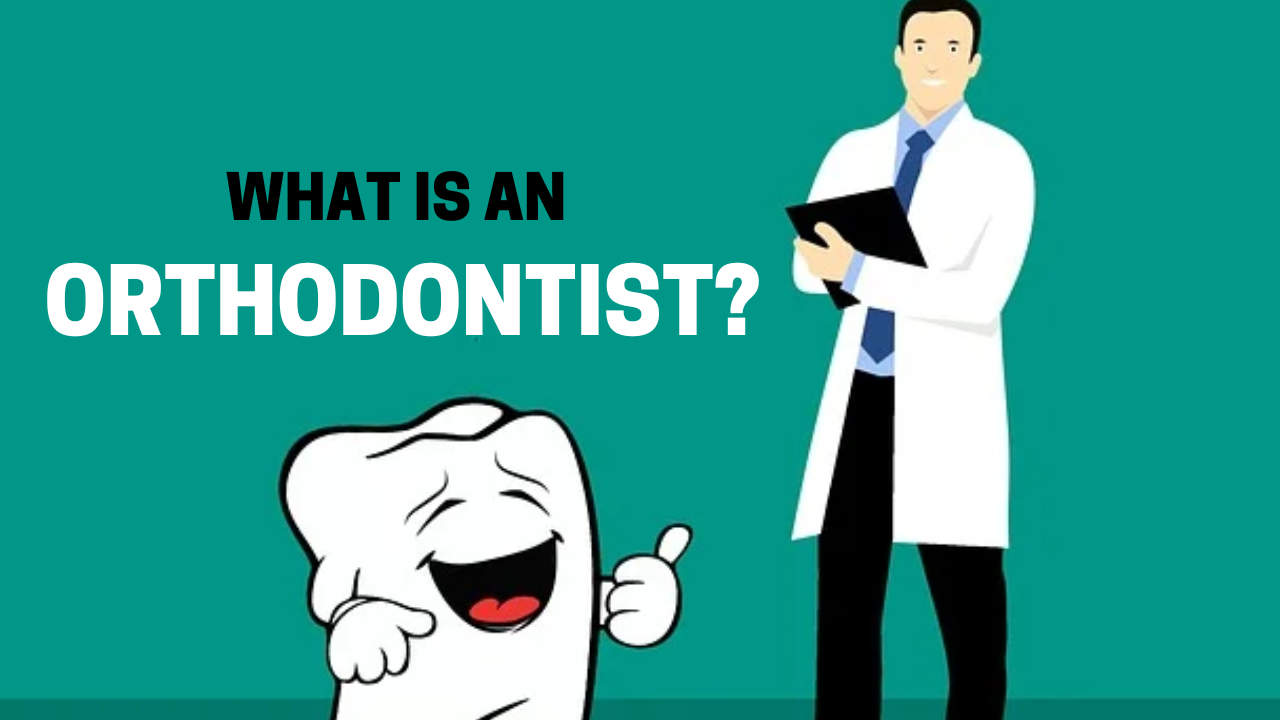An orthodontist is a dental specialist who focuses on diagnosing, preventing, and correcting positioned teeth and jaws. Orthodontists are trained to deal with issues related to dental and facial irregularities, such as crowded teeth, overbites, under bites, and misaligned jaws. They use various orthodontic appliances, including braces, aligners, and retainers, to straighten teeth and improve the overall alignment of the bite.
Orthodontic treatment not only enhances the appearance of a person’s smile but also contributes to the long-term oral health. Misaligned teeth are more challenging to clean, which can lead to tooth decay and gum disease. Additionally, improper jaw alignment can cause issues with chewing and speech.
To become an orthodontist, one must complete dental school and then pursue additional specialise training in orthodontics, usually through a postgraduate residency program. After completing their education and training, orthodontists can work in private practices, dental clinics, or hospitals, providing specialised orthodontic care to patients of all ages. Patients often begin orthodontic treatment during adolescence, but orthodontic services are available to people of all ages, including adults.
Orthodontic treatment plans are highly individualised, tailored to each patient’s specific needs. The duration of treatment varies based on the complexity of the orthodontic issues and the chosen method of correction. Regular appointments are necessary for adjustments and progress checks throughout the course of treatment.
If you have specific questions about orthodontic treatment or need information about a particular aspect of orthodontics, feel free to ask! Here are some frequently asked questions (FAQs) about orthodontic treatment along with their answers:
Q1: What is the ideal age for orthodontic treatment?
Orthodontic treatment can be beneficial for people of all ages. While many patients begin treatment during adolescence, there is no age limit for getting braces or other orthodontic procedures. Adults can also undergo orthodontic treatment to correct misaligned teeth and improve their smile.
Q2: How long does orthodontic treatment take?
The duration of orthodontic treatment varies depending on the complexity of the issues being corrected and the chosen method of treatment. On average, treatment with braces can take anywhere from 18 months to 3 years. In some cases, simpler treatments like aligners might take a shorter time. Your orthodontist will provide a personalise estimate based on your specific needs.
Q3: Do braces hurt?
Initially, after getting braces or having them adjusted, you might experience some discomfort or soreness. This is usually mild and can be managed with over-the-counter pain relievers. As your mouth adjusts to the braces, the discomfort typically decreases. Orthodontic technology has advanced, and modern braces are designed to be more comfortable than ever before.
Q4: How often do I need to visit the orthodontist during treatment?
During active orthodontic treatment, you’ll need to visit your orthodontist regularly, typically every 4 to 6 weeks. These visits are necessary for adjustments, ensuring the treatment progresses as planned, and making any necessary changes to the braces or other appliances.
Q5: What is the difference between braces and aligners?
Braces consist of metal or ceramic brackets attached to the teeth, connected by wires and bands. They are adjusted periodically to gradually move the teeth into the desired position. Aligners, on the other hand, are clear, removable trays that fit over the teeth. They are changed every few weeks to guide the teeth into alignment. The choice between braces and aligners depends on the patient’s orthodontic needs and preferences.
Q6: How do I take care of my teeth and braces during treatment?
It’s crucial to maintain excellent oral hygiene while wearing braces. This includes regular brushing and flossing, being mindful of foods that can damage braces, and attending all scheduled orthodontic appointments. Your orthodontist will provide specific instructions tailored to your needs.
Q7: Will I need to wear retainers after my braces are removed?
Yes, wearing retainers is a crucial part of orthodontic treatment. After braces are removed, retainers help maintain the new position of your teeth. Initially, they are worn full-time and later at night. Failing to wear retainers as prescribed can result in the teeth shifting back to their original positions.
Remember that specific details about your orthodontic treatment will be discussed and provided by your orthodontist, as every case is unique. If you have any concerns or questions about your orthodontic treatment, it’s important to discuss them with your orthodontist directly.



